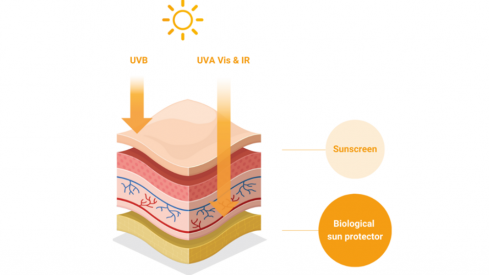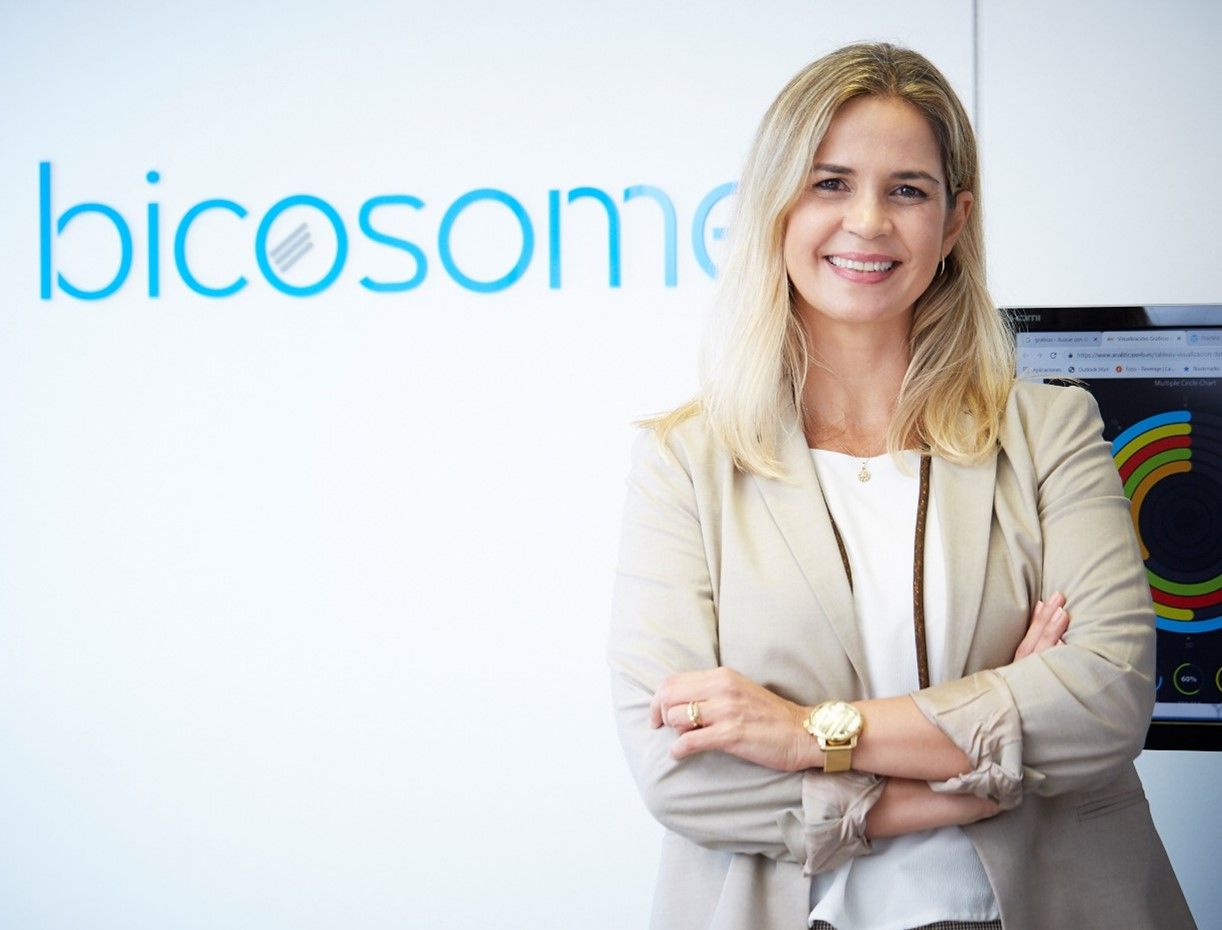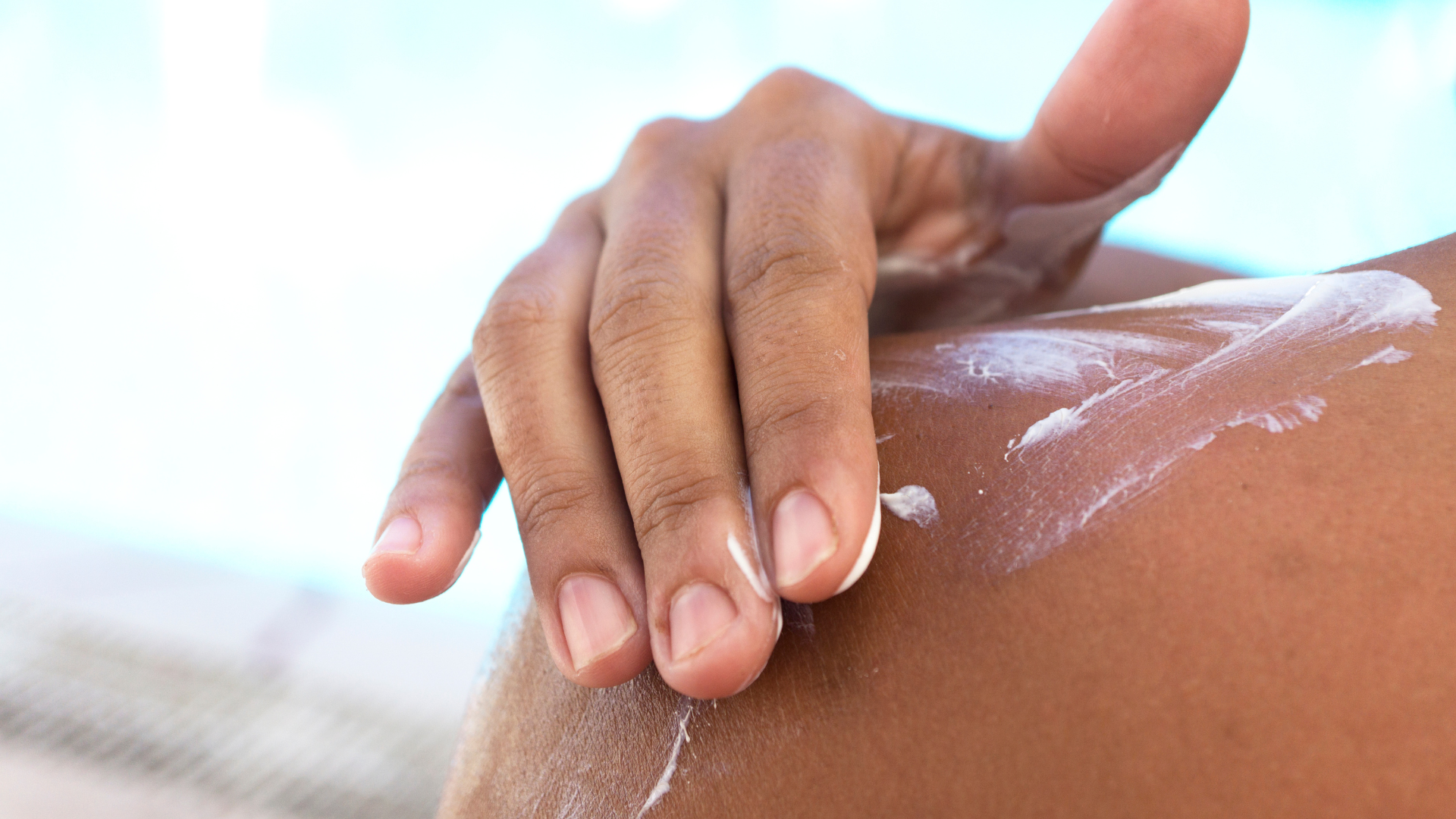As we reach the halfway point of summer, it is common to wonder: are we protecting our skin sufficiently? As consumers, we are increasingly aware of the impact of sunlight exposure on our skin and are looking for different strategies to protect ourselves from sun damage.
Sunlight can negatively affect the biological structures of the skin, such as lipids, proteins and DNA. You know that ultraviolet radiation (both UVB and UVA) causes sunburn, accelerates ageing and damages the skin's barrier function. In addition, UVA, visible light (Vis) and infrared radiation (GO) can also affect the deep structures of the skin, mainly due to oxidative stress caused by ROS.

Sunscreen is the product of choice to protect the skin, especially in summer. They include chemical and physical filters capable of blocking or neutralising most UV rays. Sunscreens are particularly effective against sunburn and the most sophisticated formulas also include other molecules, such as antioxidants, moisturisers, etc., for more complete protection.
However, sunscreens still offer limited protection against the formation of ROS in the deep layers of the skin.
ROS produced in the skin include superoxide radical anion (O2--), hydrogen peroxide (H2O2) and singlet oxygen (1O2). Superoxide radical anion has the lowest reactivity and its direct involvement in oxidative damage is unlikely. Hydrogen peroxide is mainly involved in cell membrane peroxidation. Finally, the most damaging ROS to skin cells is singlet oxygen. These ROS react chemically with DNA, proteins and lipids, causing oxidative stress in the skin, damaging cells and promoting photoageing and other skin diseases that can progress to skin cancer.
Reinforcing the skin's antioxidant system is one of the main strategies to protect the skin from these damages. Antioxidants can be obtained through nutrition, supplementation or can be included directly in sunscreen formulations.
When it comes to the use of antioxidants in topical formulations, there are a few conditions to consider for success. The first requirement is to choose an antioxidant capable of protecting skin structures from sun damage, i.e. the antioxidant molecule must be able to quench at least hydrogen peroxide and singlet oxygen radicals, so that we can ensure the preservation of cell membranes, proteins and DNA.
Currently on the market, vitamin E is the most widely used antioxidant in sunscreen formulas. This molecule effectively quenches hydrogen peroxide, protecting cell membranes. However, vitamin E is not able to quench the singlet oxygen radical. Carotenoid molecules such as lutein, astaxanthin, zeaxanthin, beta-carotene, etc., effectively scavenge these ROS (H2O2 and 1O2). Interestingly, beta-carotene is the fastest at quenching singlet oxygen, which is why some scientists consider it the natural sunscreen.
Finally, it is necessary to ensure the stability of the antioxidant chosen in the formulation and its distribution in the epidermal layers, where most ROS are formed, so that they are available when the skin is exposed to the sun.
This is not an easy task. Most antioxidants are limited in topical formulations due to their chemical instability. In most cases, antioxidants lose their effect before application. For this reason, it is very important to invest in technologies that ensure that the benefits of antioxidants are preserved in the formulation.
Encapsulation technologies are good options when it comes to stabilising molecules and improving penetration. The key to success is choosing the right system and ensuring that the molecules reach the deep epidermis, where ROS are mainly formed.

